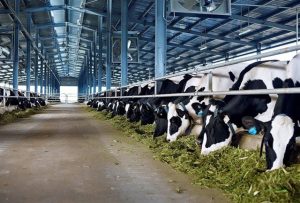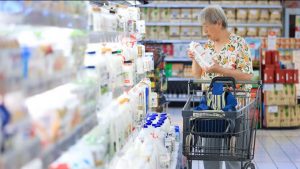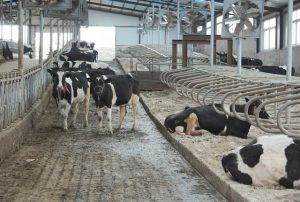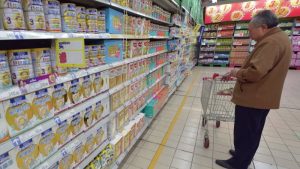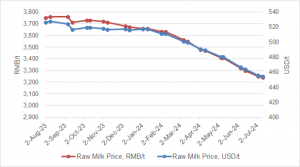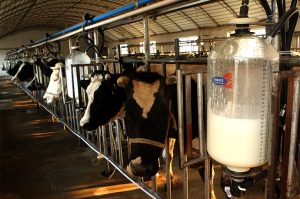
According to a Global Agricultural Information Network report from the US Department of Agriculture’s Foreign Agricultural Service, China’s raw milk production will reach 36 million metric tonnes (MMT) in 2022. According to the report, the 4.5 percent increase over 2021 is due to a larger dairy herd and improved efficiency. However, raw milk price declines, higher feed costs, and market uncertainty caused by China’s COVID-19 policies will put a damper on raw milk production in 2022.
Domestic fluid milk distribution is expected to reach 40.95 MMT in 2022, driven by consumer demand for dairy products in the retail and food processing sectors. Import growth is expected to slow to 1.3 MMT in 2022 due to higher global prices and competition from domestic production.
Production of Whole Milk Powder (WMP) is expected to rise slightly to 1.02 MMT as producers convert seasonal surplus raw milk to WMP. The bakery sector and manufacturers of dietary supplement beverages are expected to drive consumption to nearly 1.9 MMT.
Its use as an ingredient in infant formula, however, is declining as the country’s declining birth rate reduces demand for infant formula. The import estimate for WMP in 2022 has been reduced from 849 TMT in 2021 to 820 TMT in 2022.
The production of Skimmed Milk Powder (SMP) is estimated to be 24 TMT. Production is expected to remain low as China does not produce enough cream or butter to support a significant increase in SMP.
Total domestic consumption is expected to be 423 TMT, a 5% decrease year on year due to a greater supply of WMP in the market, according to Post officials. Due to lower market demand, imports are also reduced to 400 TMT.
As local producers expand production at the same rate as in 2021, China’s cheese production is expected to reach 20 TMT in 2022. Due to the impact of China’s COVID-19 restrictions, postal officials have reduced consumption estimates to 190 TMT from 194 TMT in 2021.
Food service is a major channel for cheese distribution and consumption, and 2022 lockdowns and continued restrictions on food service, including in affluent cities like Shanghai and Shenzhen, hurt consumption.
According to the report, any prolonged lockdowns will result in further declines in cheese consumption and HRI spending in 2022. China’s butter production is estimated to be 12 TMT, while imports are estimated to be 150 TMT, an increase of 8% from 2021.
Domestic butter production is more expensive than imported butter due to higher raw milk costs, but growth is expected in 2022, driven by an immediate need for butterfat as an ingredient in value-added products. The bakery and food service sectors, which rely on imported butter products, are estimated to consume 160 TMT of butter. China Customs data is used to calculate butter imports.






